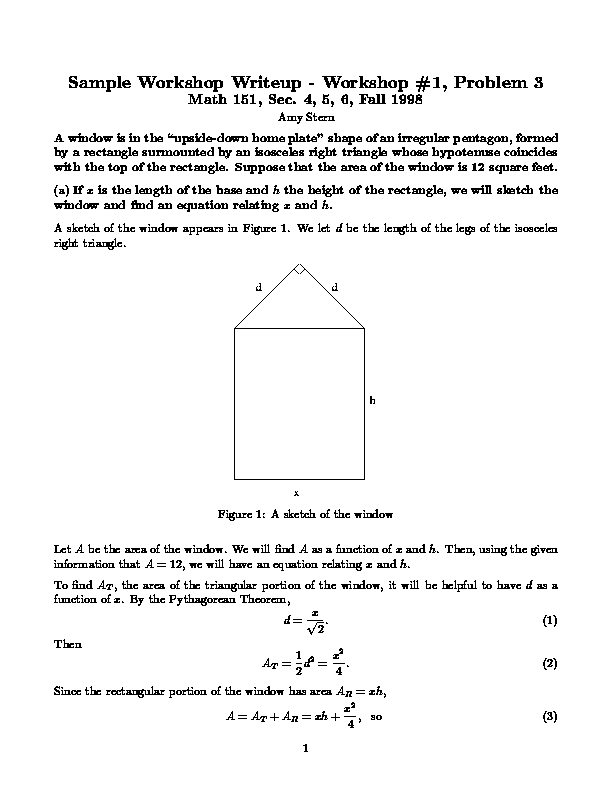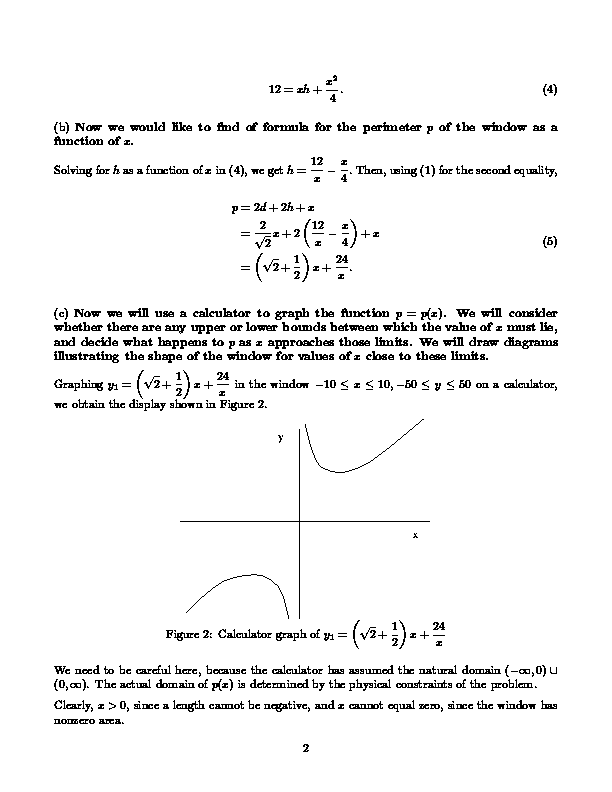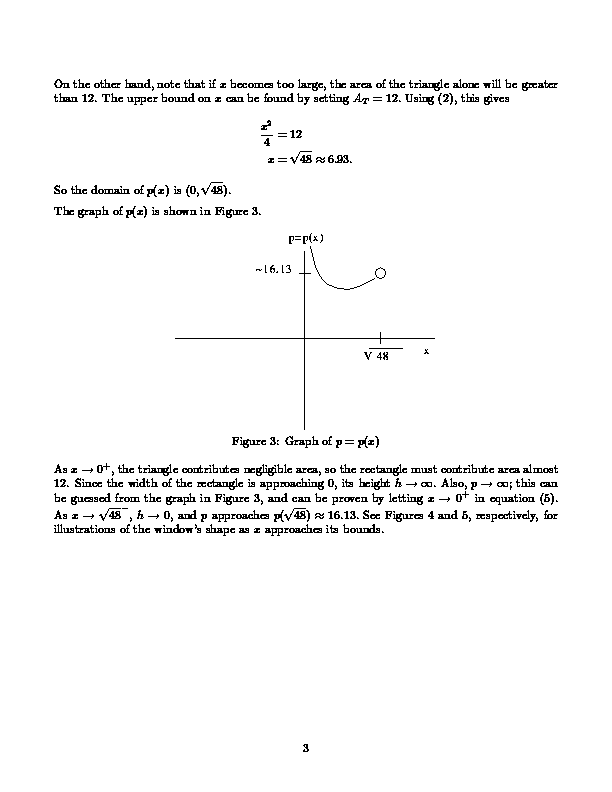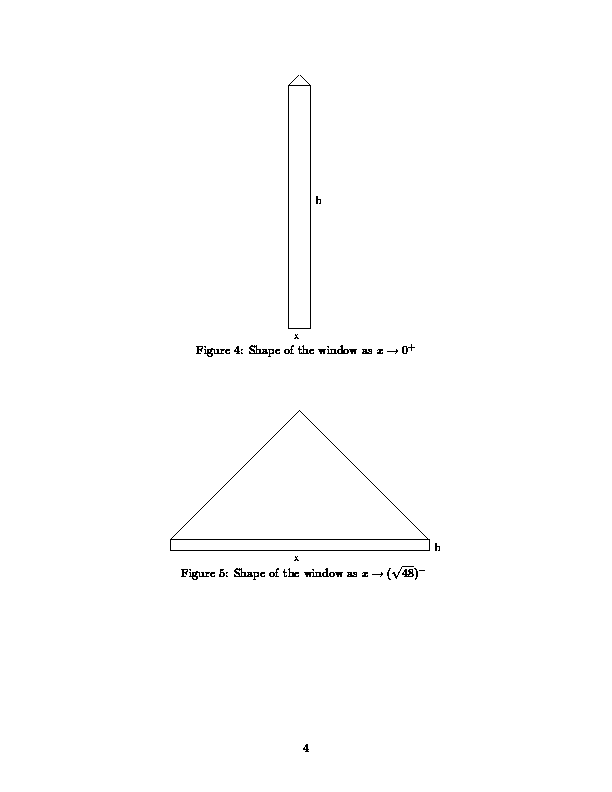Some features you should emulate:
The writer uses complete sentences.
She answers the questions directly.
She labels diagrams completely and clearly.
When she introduces a new symbol (such as "d" or "AT"), she defines its meaning promptly (and makes sure that the symbol is not already in use).
When she invokes a theorem or definition (such as the Pythagorean Theorem), she refers to it by name, avoiding vague references like "By definition" or "By a theorem". She reviews the theorem or definition to make sure that it really applies and that she is using it accurately.

When she says "clearly", the statement really is clear.

She avoids repetition. On the contrary, every sentence contributes something new and important to the chain of argument.
The layout is well-spaced and easy to read; important equations are displayed prominently, and labelled if later reference will be made to them.

